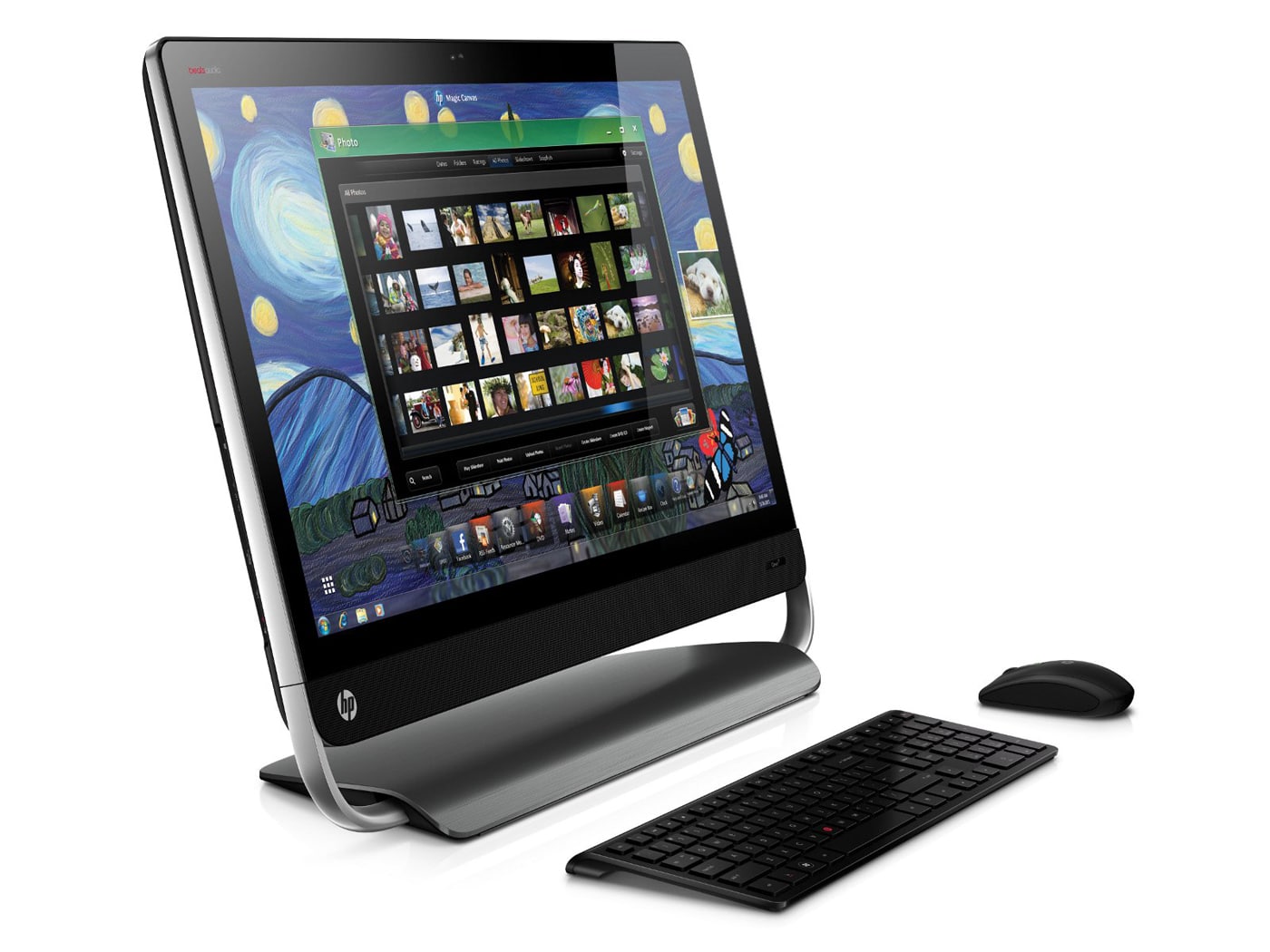The world of computing is moving fast these days. That statement would ordinarily be par for the course, but in many ways, it is moving even faster than it ever did before thanks to the uptake in mobile computing with tablets and smartphones. PC and Mac sales are not as robust as they used to be, and in some cases are actually falling. The nature of what we know as computing is undergoing a fundamental shift away from desktop PCs, at least for the mainstream public.
Laptops are now the number one choice for most computer users, and it is not inconceivable that tablets will usurp them in the near future. The future (and arguably the present) of computing is mobile, which leaves desktop PCs in a market that is shrinking by the day.
In observing this fast trend towards mobile computing, I couldn’t help but think about how I structure my PC setup as I move forward. Looking at my current setup, I have a 24-inch 2008 iMac, which still works brilliantly, and a 13-inch, early 2011 MacBook Pro which just screams (to paraphrase Steve Jobs). I don’t imagine I’ll be changing this setup in the near term since between these two Macs I have more than enough computing power to meet my needs, and they work as good now as the day I bought them.
But every now and then I think of the future. Barring some catastrophic breakdown some time beforehand, I foresee replacing the iMac in the next three to five years. Given how powerful and portable the MacBooks are these days (and who knows how good they’ll be in five years’ time), I don’t actually imagine I would get another iMac (or desktop computer). It would be far more productive to get a nice big monitor, such as the Apple Thunderbolt Display, and replace the iMac with a new MacBook Pro. That way, I can still work with a big display at a desktop as needed, but have the portability of the laptop as well. And I know this will work because my current MacBook Pro runs circles around my iMac in terms of performance, and my iMac isn’t really a slouch.
I’ve been talking about Macs so far since that’s what I use, but I can equally see a case for this on the Windows side of the fence. Having a tower PC or an all-in-one just isn’t necessary any more when the laptops being made today by the various PC manufacturers are more than powerful enough to satisfy most users’ needs. Most people today would opt for a laptop as their general purpose computer because laptops are powerful and portable, a winning combination that will ultimately steer most away from a traditional desktop PC. And given the touch-based user interface that Microsoft is now pushing with Windows 8, this will only serve to push computer users even further away from desktop PCs.
And for those with a more adventurous spirit now, they may just bite the bullet and go with a tablet on its own as their general purpose computer. In five to ten years’ time, that may just be the case for the mainstream. For myself however, the tablet just isn’t that all-in-one productivity device yet. It’s a great device, particularly for consuming content, but its input methods are slow and have yet to match the speed and precision of the keyboard and mouse (at least for me). We’ll have to wait and see how that turns out. I’m sure at some point the big tech giants in Silicon Valley will innovate a way around this.
As Steve Jobs once famously said, the PC won’t go away, but they’ll become the trucks of the computing world. Some will need them, but most will be able to get away with a laptop or even a tablet as their primary computing device. Tablets may not be able to replace desktop PCs just yet, but the days of mainstream desktop PCs at least are now numbered. Laptops are still the first choice for users, but given another five or ten years, laptops may be in the same position as desktop PCs. When the times comes when a convenient, ultra-portable touchscreen tablet device can match every feature and function of a traditional PC, the laptop will most likely go the way of desktop PCs and become the trucks of the computing world.
The Days Of Mainstream Desktop PCs Are Numbered
Image Credits: [TechnoBuffalo] [IT-Code-News]

COMMENTS